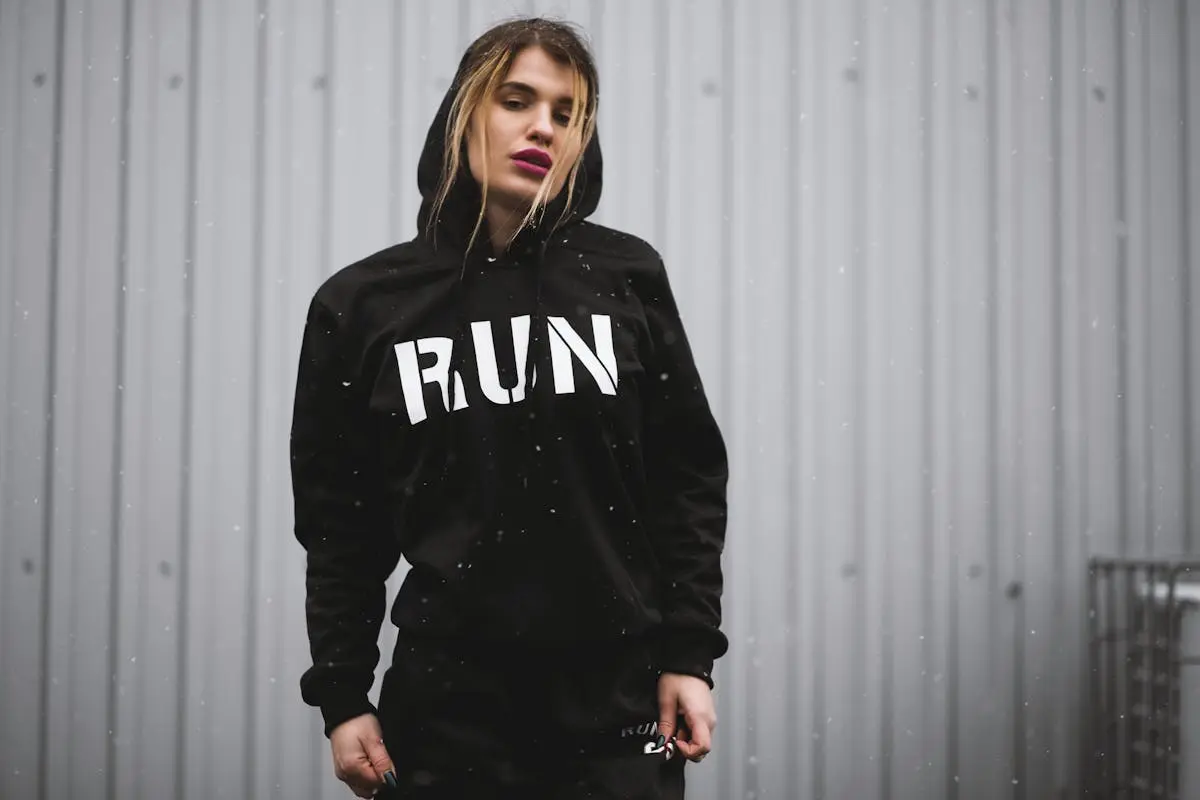Direct-to-Film (DTF) printing is revolutionizing the world of print textiles. It’s a technique that offers numerous advantages over traditional methods, making it an attractive option for businesses and designers alike. In this blog, we’ll explore why DTF is gaining popularity and how it stands to shape the future of textile printing.
Understanding DTF Printing
DTF printing, or Direct-to-Film printing, involves printing designs onto a special film and then transferring them onto textiles. This innovative technique bypasses some of the limitations of more traditional methods like screen printing and DTG (Direct-to-Garment) printing. By employing DTF technology, designers can embrace a greater level of detail and color vibrancy that may not be achievable through other means.
Despite being a relatively new entrant in the textile printing arena, DTF has quickly garnered attention for its versatility and efficiency. The process begins with the creation of a digital design, which is then printed on a clear polyester film using specialized inks. Once the design is finalized, it is coated with a layer of hot-melt adhesive powder. This combination ensures that the end product boasts both durability and vivid color quality.
The Advantages of DTF Over Traditional Methods
One of the main advantages of DTF printing is its versatility. It allows for printing on a wide range of materials, including cotton, polyester, and blends. This makes it adaptable to a variety of apparel and textile products. Additionally, DTF prints are known for their vibrant colors and durability, which means they can withstand multiple washes without fading, ensuring the longevity of the design.
Traditional methods often struggle with complex designs and high-color accuracy. DTF printing excels in these areas, making it possible to produce intricate patterns and multiple color gradients with ease. This capability bridges the gap between conceptual design and the final product, allowing artists to bring their most imaginative creations to life without compromise.
DTF printing also tends to require less manual intervention compared to screen printing. In traditional printing setups, the preparation and cleanup can be time-consuming and labor-intensive. With DTF, the process is streamlined, requiring fewer steps and reducing the potential for human error. This efficiency can lead to faster turnaround times and lower labor costs, making it an appealing choice for businesses looking to optimize their production workflows.
Cost-Effectiveness of DTF Printing
DTF printing is also highly cost-effective. With fewer steps involved and less waste generated, it reduces the overall cost of production. This makes it a particularly appealing option for small businesses and startups looking to maximize their budgets. The ability to print short runs without significant setup costs means that even limited edition or custom designs can be produced economically.
Additionally, DTF printing can save money on supplies and maintenance. Traditional printing often requires multiple screens and inks for different colors, which can quickly become costly. Direct to Film printers utilize fewer consumables, and the machinery itself tends to have lower maintenance needs. These savings on materials and upkeep can be substantial over time, providing a better return on investment.
Ease of Use and Accessibility
The process of DTF printing is relatively straightforward, making it accessible even to those who are new to textile printing. The equipment is user-friendly, and with a bit of practice, anyone can produce high-quality prints. Moreover, the initial setup cost is lower compared to other printing technologies, allowing more businesses to adopt the technology without significant financial risk.
For those looking to master DTF printing, there are numerous resources available that detail each step of the process, from designing your artwork to applying the final print. These guides can be invaluable for newcomers, providing a comprehensive roadmap to achieving professional-grade results.
Expanding Creative Possibilities
DTF printing opens up a world of creative possibilities. The precision and clarity of the prints allow designers to experiment with intricate designs, gradients, and a vast array of colors. This creative freedom can lead to unique and eye-catching textile products. Artists and designers are no longer constrained by the limitations of traditional methods and can fully explore their vision with confidence.
The ability to produce high-quality prints on a wide range of substrates means that designers can diversify their product offerings. From custom t-shirts to complex fabric patterns, DTF technology supports innovative product lines that stand out in the crowded marketplace. This versatility is particularly beneficial for small brands looking to carve out a unique niche or offer bespoke products that cater to individual customer preferences.
Embracing the Future with DTF Printing
As we’ve seen, DTF printing brings a host of benefits that make it an exciting development in the realm of print textiles. Its versatility, cost-effectiveness, and high-quality results position it as a leading choice for the future. Embracing DTF can not only enhance the quality of your prints but also open up new creative possibilities. Stay ahead of the curve and consider integrating DTF technology into your printing processes.










